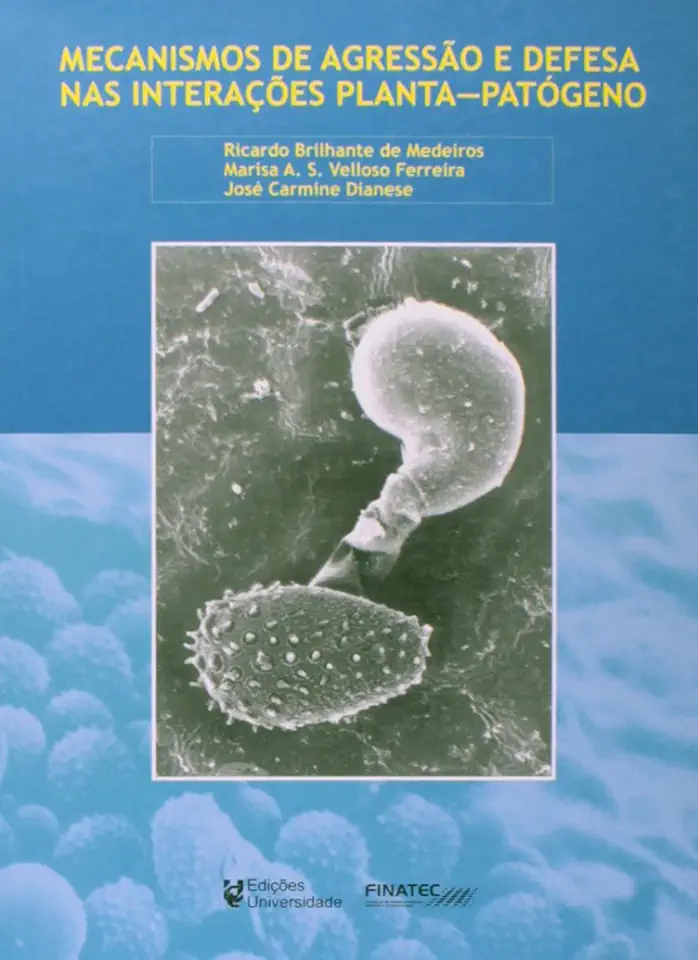
Mechanisms of Aggression and Defense in Plant-Pathogen Interactions - Ricardo Brilhante de Medeiros
Mechanisms of Aggression and Defense in Plant-Pathogen Interactions
Introduction
Plants are constantly under attack from a wide variety of pathogens, including bacteria, fungi, viruses, and nematodes. In order to survive, plants have evolved a complex array of defense mechanisms to protect themselves from these invaders. These mechanisms can be divided into two broad categories:
- Preformed defenses are those that are already in place before the plant is infected. These include physical barriers, such as the cuticle and cell walls, as well as chemical barriers, such as antimicrobial compounds.
- Induced defenses are those that are activated after the plant is infected. These include the production of antimicrobial proteins, the activation of defense-related genes, and the hypersensitive response, which is a localized cell death that helps to prevent the spread of infection.
Mechanisms of Pathogen Aggression
Pathogens have also evolved a variety of mechanisms to overcome plant defenses and cause disease. These mechanisms can be divided into two broad categories:
- Evasion mechanisms allow pathogens to avoid detection by the plant's immune system. These include camouflage, the production of decoy molecules, and the ability to suppress the plant's defense responses.
- Aggression mechanisms allow pathogens to directly damage plant cells and tissues. These include the production of toxins, enzymes that degrade the plant cell wall, and the ability to invade and colonize plant tissues.
Plant-Pathogen Interactions
The interaction between plants and pathogens is a complex and dynamic process. The outcome of this interaction depends on a number of factors, including the virulence of the pathogen, the resistance of the plant, and the environmental conditions.
In some cases, the pathogen is able to overcome the plant's defenses and cause disease. In other cases, the plant is able to resist the infection and remain healthy. In still other cases, the interaction may result in a chronic infection, in which the pathogen is able to persist in the plant without causing significant damage.
Conclusion
The study of plant-pathogen interactions is essential for understanding how plants defend themselves against disease. This knowledge can be used to develop new strategies for controlling plant diseases and improving crop yields.
Why You Should Read This Book
This book provides a comprehensive overview of the mechanisms of aggression and defense in plant-pathogen interactions. It is an essential resource for plant pathologists, plant breeders, and anyone else interested in understanding how plants defend themselves against disease.
The book is well-written and easy to understand, even for those without a background in plant pathology. It is also full of beautiful illustrations and photographs that help to illustrate the concepts discussed in the text.
If you are interested in learning more about plant-pathogen interactions, I highly recommend this book. It is a valuable resource that will provide you with a wealth of information on this important topic.